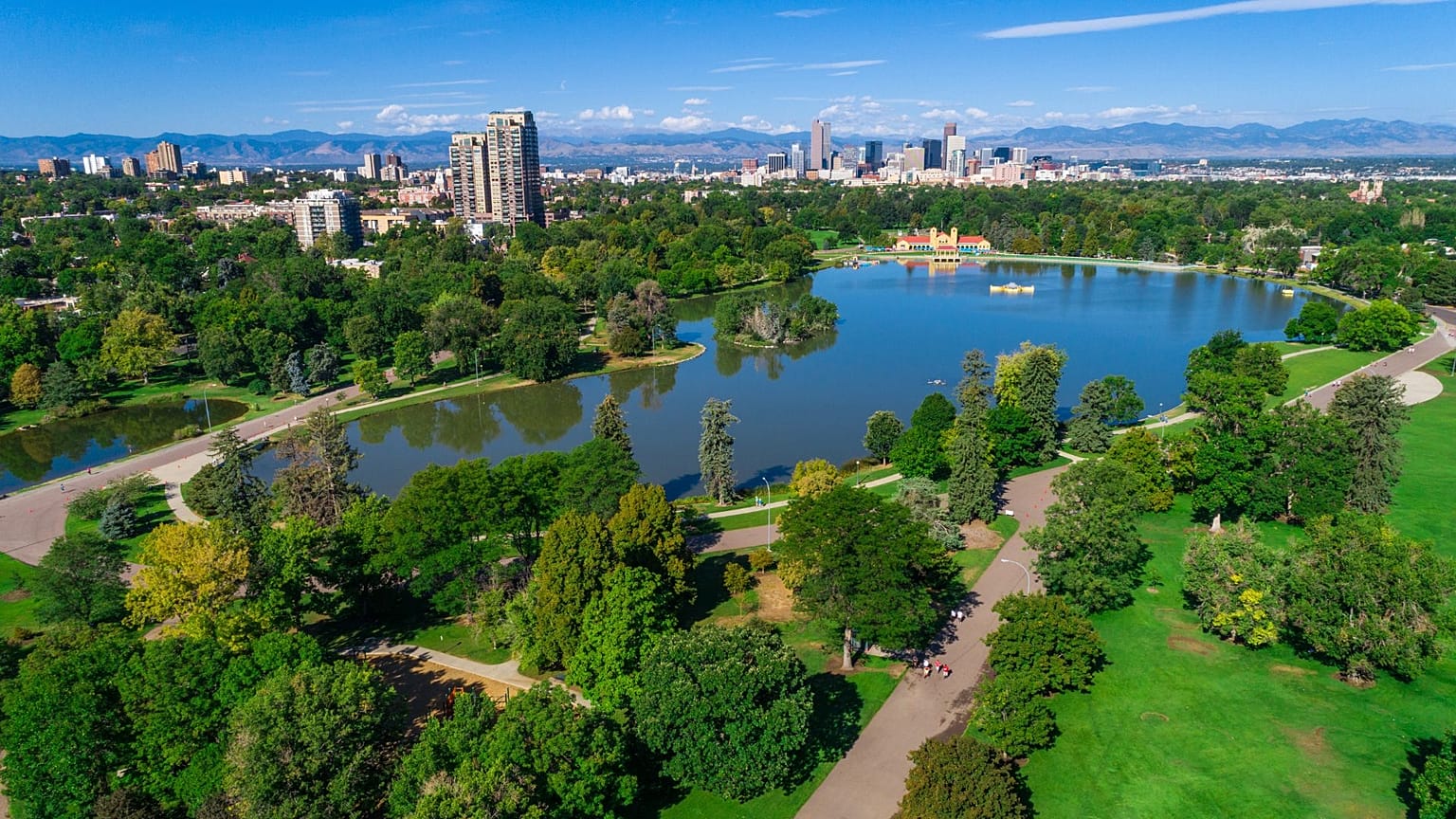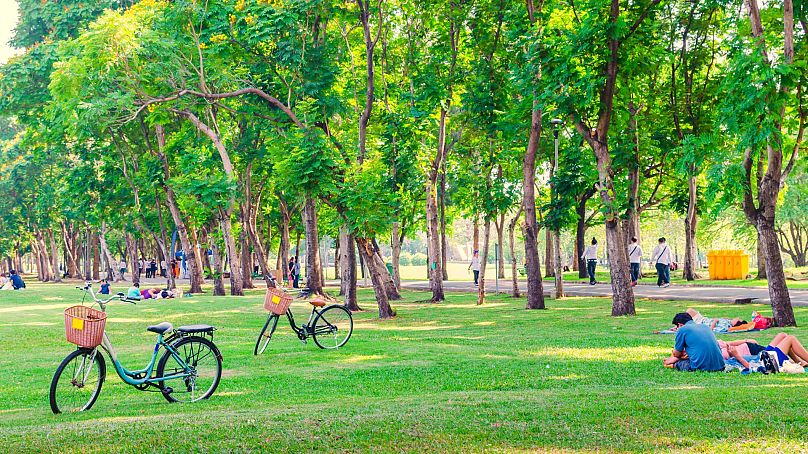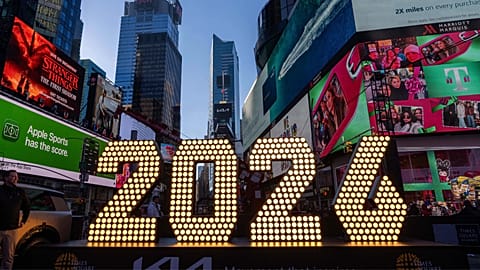Could living near a park make you ‘younger’ than your actual age?
Searching for a fountain of youth?
Stop wasting your money on costly cosmetics and spend more time in parks.
A new study has shown that having access to parks and community gardens in your neighbourhood can slow biological ageing.
A joint Spanish and American research team found that people living near green spaces are on average 2.5 years biologically younger than those who do not.
“Living near more greenness can help you be younger than your actual age,” said Kyeezu Kim, the study’s lead author and a postdoctoral scholar at Northwestern University’s Feinberg School of Medicine.
“We believe our findings have significant implications for urban planning in terms of expanding green infrastructure to promote public health and reduce health disparities.”
How do scientists measure biological age?
This new study investigated the impact of parks on biological age.
The team analysed a type of DNA chemical modification known as “methylation”. “Methylation” is a chemical process that occurs in our DNA.
Certain patterns of DNA methylation tend to change as we age, and these changes can be used to estimate a person's biological age on a molecular level - something known as an “epigenetic clock.”
By checking this clock, scientists can predict someone’s chances of a heart attack, cancer, or cognitive decline.
How does visiting a park turn back your epigenetic clock?
Dr Kim and his team analysed the home addresses of 924 people across four US cities over 20 years - from 1986 to 2006 - to determine how close they lived to vegetation and parks.
They paired this data with blood samples taken during the same time period, controlling for other variables like education, income, and risk factors like smoking.
The results are stark. One group of respondents lived at addresses surrounded by 20 per cent green cover within a 5km radius. They were around 2.5 years biologically older than those whose homes were surrounded by 30 per cent green cover.
A higher number of social interactions and increased physical exercise are partly responsible for this disparity in biological age, they said.
According to the study's authors, the link between epigenetic ageing and green spaces was even stronger in people from disadvantaged neighbourhoods.
What other health benefits do green spaces have?
The health benefits of visiting urban nature are well documented.
According to a Finnish study published in January this year, visiting green spaces reduces the chances of a city resident having to take asthma or high blood pressure medication by a third and a quarter, respectively.
Frequenting the park can also dramatically lower the use of mental health medication, causing it to plunge by 33 per cent.
“This study provides valuable insights that urban planners and decision-makers need to take note of, especially in the ongoing discussions on housing strategies,” said Dr Mirjam Schindler, a lecturer in Human Geography at Victoria University of Wellington.
“Close proximity to green spaces is key to unlocking their health effects, including the potential to slow epigenetic ageing.”
Green spaces are great for the planet
Green spaces are increasingly important as the planet heats up.
Urban areas act like ‘heat islands’ during summer weather because concrete and asphalt absorb the sun’s rays. During heatwaves, the temperature in Paris can climb up to 10 degrees Celsius higher than surrounding countryside areas.
Increasing numbers of people are living in cities, too. More than half of the world’s population now lives in urban areas, and it is projected that this will increase to 68 per cent by 2050



















